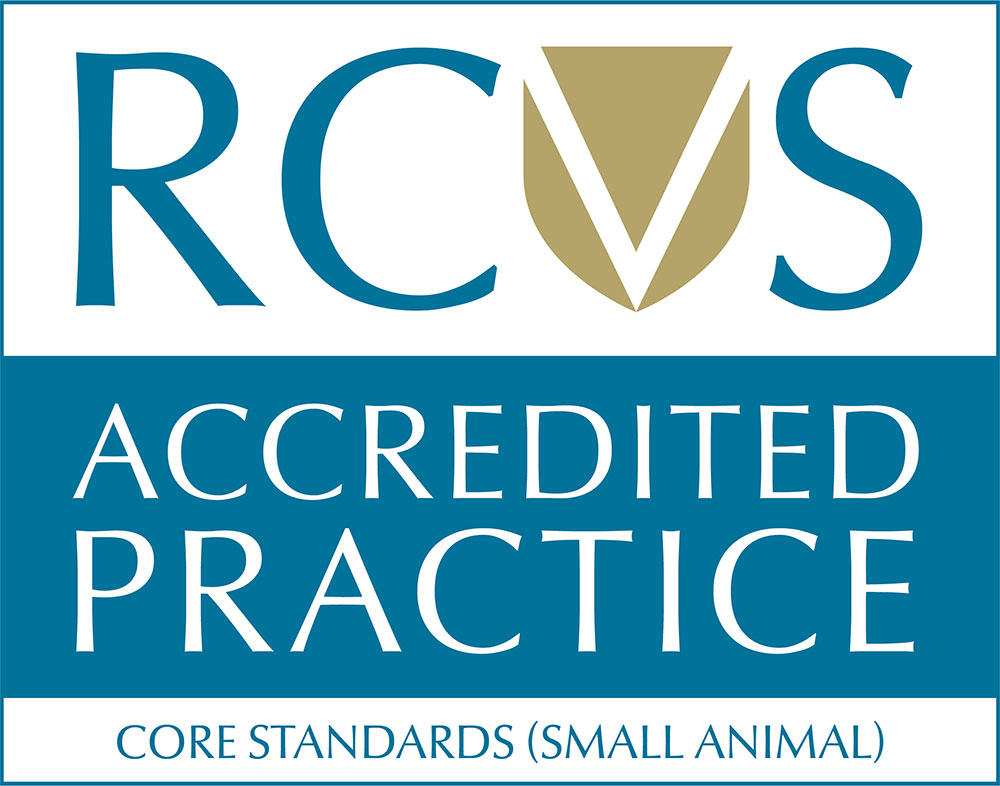Strangles
The Disease
Strangles is a widespread, highly infectious, debilitating disease of horses. It is caused by a bacterium called Streptococcus equi. Strangles is considered to be the most commonly diagnosed infectious disease affecting horses of all sizes, breeds, types and ages, although some groups are higher risk than others and may be the worst affected - young horses (<5 years old), sick horses, horses with compromised immune systems, (what are herd horses?), stud farms, racing stables, livery yards and riding school horses. This is due to the way the disease is spread. Direct contact between horses is the most common factor, but spread of the disease is also via contaminated food, drinking vessels or equipment including people’s clothing. The disease can be spread by inhalation but this is less common.
Strangles is not a notifiable disease, but yards with confirmed outbreaks are strongly recommended to implement stringent biosecurity precautions to prevent further spread, and to notify neighbouring premises.
Clinical Signs
The severity of clinical signs can vary depending on the age and condition of the horse. Clinical signs are usually seen between 3-7 days after the horse has been in contact with the bacterium, but can take as long as 14 days to show.
Clinical signs include:
- Loss of appetite
- Difficulty in swallowing
- Nasal discharge
- Depression and dullness
- Development of a cough
- Fever
- Swelling of the lymph nodes (glands) under the jaw or lower down the neck approximately a week after the onset of clinical signs.
- Complications seen in a small number of rare cases include:
- Abscesses placing pressure on the airways, causing the horse to suffocate – hence the term ‘Strangles’
- ‘Bastard Strangles’ causes swelling of lymph nodes in other areas of the body such as the brain, lungs and/or intestines can occur. Rupture of these abscesses is usually fatal.
- Purpura haemorrhagica which causes bleeding into the skin, gums and organs such as the lungs and can also prove fatal.
When the abscesses in the lymph nodes burst they discharge a highly infectious, thick creamy-yellow pus.
Atypical strangles is now a commonly recognised condition of infected horses that display lesser or even no clinical signs. Such infected animals may show a mild respiratory infection but without developing abscesses. These horses may not be recognised and therefore go untreated. It is unknown just how many horses are latently infected in this way and it may be that they represent a significant majority of the total number of horses affected. Most horses infected with Strangles recover uneventfully over a period of 3-4 weeks but this depends on the severity of the symptoms, and the immune system of the affected horse. More severe cases may take longer to make a full clinical recovery. Some horses can remain as infectious carriers for many years even though they appear to have made a full recovery.
Spread of Infection
The disease is spread when the nasal discharge or material from the draining abscess is passed from direct contact between horses or contaminates the environment
For example, the infection can be spread:
- by nose to nose contact between horses
- via equipment shared with infected horses, such as:
- water troughs where the bacterium can survive for long periods
- feed buckets
- brushes
- tack
Horses that appear healthy are easily overlooked when investigating a case of strangles. It is important to remember that
- There is a delay of between 3 and 14 days between horses becoming infected and showing clinical signs
- Horses can shed disease (i.e. pass it to others) before showing clinical signs of the disease
- Horses with atypical strangles will not show any clinical signs but are still infectious to others
- Horses recovering from the disease can still be infectious for many weeks. Untreated horses (not given antibiotics) will shed the bacteria on average for 2-6 weeks after infection.
- Carriers can remain infectious for months or years
Diagnosis
The diagnosis is relatively straightforward in horses that develop classic signs and is confirmed by taking a swab from the back of the horse’s nasal cavity (nasopharynx) or by directly swabbing a draining abscess. The more challenging cases are those which only develop a nasal discharge without the classic lymph node enlargement, as this can resemble other, less serious bacterial respiratory diseases.
We recommend isolation of any horse that develops a thick nasal discharge and taking nasopharyngeal swabs for culture to check for strangles bacteria. An unusual form of strangles is recognised which produces flu-like symptoms and often becomes persistent in a yard. Reaching an early diagnosis in these cases is very difficult as the clinical signs demonstrated are non-specific and consequently a large number of horses may be affected before a diagnosis of strangles is reached. Recently a new blood test has become available to identify if new horses entering a yard have previously been exposed to the infection or to monitor any long standing infections. We do not recommend use of the blood test as a diagnostic tool in acute outbreaks.
There are currently three tests available which can be carried out by your veterinary surgeon:
- A blood test available at the Animal Health Trust (AHT)
The blood test identifies antibodies to the S. equi antigens in the horse. In practice the blood test is used to identify both carriers and recently infected horses with a 90.9% sensitivity and because it requires only one blood sample, it is easier and more convenient for veterinarians to routinely screen horses prior to movement, competition or sales. If the test is positive the horse is likely to have been in contact with strangles in the recent past. Further tests are then required to confirm if the horse is recovering from the disease or is a carrier.
It is important to note that it takes approximately two weeks for a horse to develop antibodies against each antigen and so it may not be possible to accurately identify horses that are incubating the disease or are in the early stages. The test is particularly useful as a screening tool prior to movement or introduction of a horse into a new yard?, and in the identification of potential carriers at the end of a strangles outbreak. The new blood test should result in more rapid diagnosis as the results can be obtained within 24 hours of receipt of the sample by the AHT, and only one sample is needed.
- Guttural pouch endoscopy including bacteriological analysis of guttural pouch washes.
This test is most useful in horses that have already developed classical signs and diagnosis is simply confirmed by swabbing from the back of the horse’s nasal cavity (nasopharynx) or by directly swabbing a draining abscess. This material is then cultured for the bacteria.
- A series of three clear nasopharyngeal swabs, taken at weekly intervals, testing for the presence of the bacterium.
This test is most useful in confirming that the infection has been resolved.
Carriers
A few horses, following infection with the disease, can become chronic carriers. These horses harbour a reservoir of the bacteria in their guttural pouches, frequently in the form of chrondroids (balls of dried pus). Such horses show no clinical signs of the disease and appear perfectly normal and healthy.
It is interesting to note that many outbreaks of strangles occur after the introduction of apparently healthy animals to a yard. Approximately 10% of horses infected with Strangles become carriers even though they themselves have recovered and appear clinically healthy and normal. This effect is more common in those horses that have not received any treatment (antibiotics). It is unknown how long a horse may remain a carrier, although trials have shown the bacteria can survive for more than five years.
Prevention
Should infection be diagnosed, or even if it is just suspected before a confirmed diagnosis can be made, then all relevant animals should be isolated. This includes:
- Infected horses
- Suspected infected horses
- All horses that have been in contact with the above two categories
Isolation is a critical step in preventing further disease spread. The ‘Strategy to Eradicate and Prevent Strangles (STEPS)’ provides detailed information on isolation and can be found on the following link:
http://www.aht.org.uk/strangles.org/pdf/steps.pdf
Yard owners should implement a strict quarantine procedure for new arrivals to the yard, not just for Strangles risks, but also for worming, influenza, and ectoparasites. A clear blood test (for Strangles) can be requested before accepting a new horse on to the premises.
Yard owners are also strongly advised to consider biosecurity management plans in the event of an outbreak. It is critical that rapid isolation of infected and at risk animals takes placeto prevent further spread of the disease. Adelay whilst this is researched and understood could mean the difference between movement restrictions on the yard for a few weeks or for many months. Strict hygiene and biosecurity plays an essential role in preventing and controlling this disease.
Treatment
Treatment varies for each individual case. Individual treatment protocols should be discussed and agreed with the attending veterinary surgeon. The speed and success of resolving cases often hinges on the strict management of isolation, quarantine, minimising movements (of people and horses) and disinfection.
Please contact your practice vet for further information.


